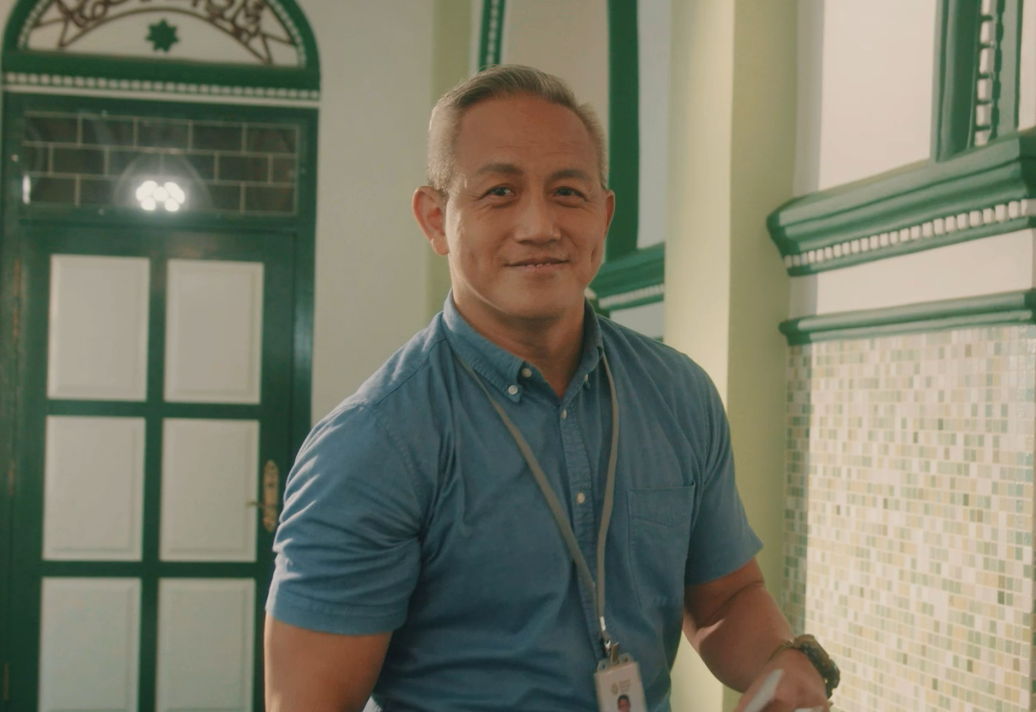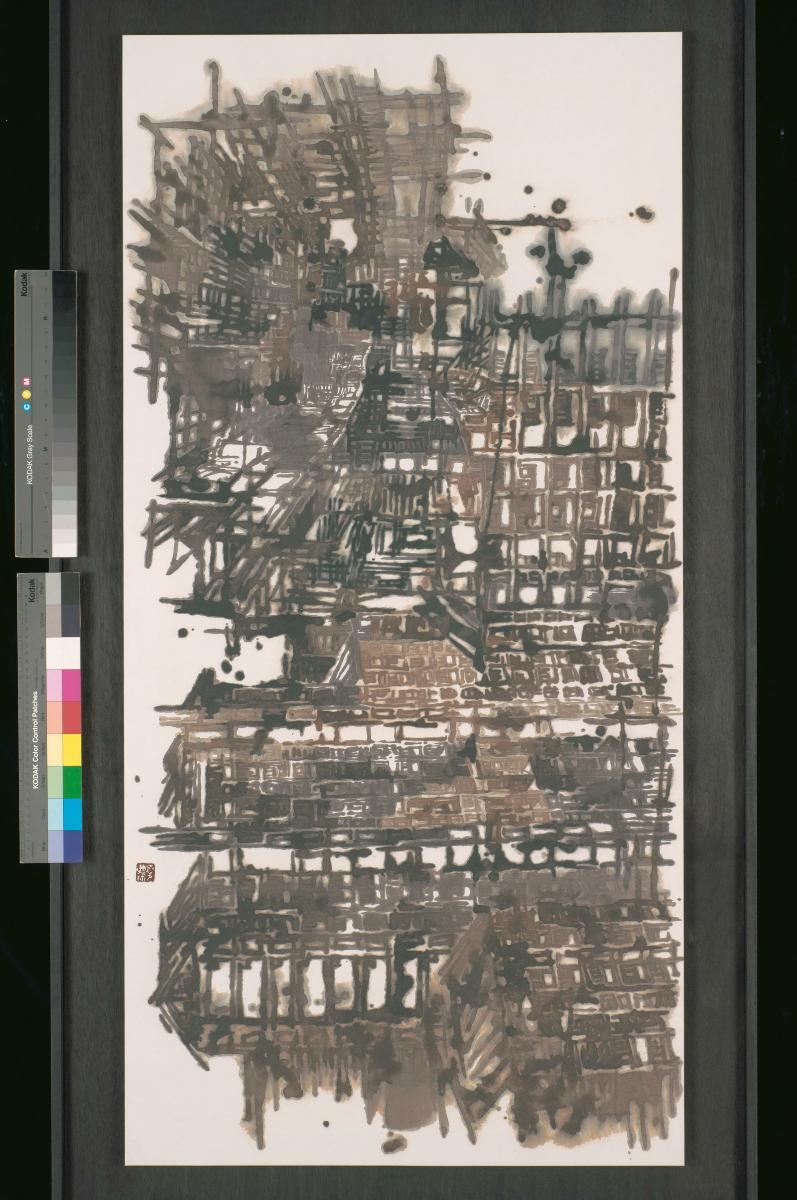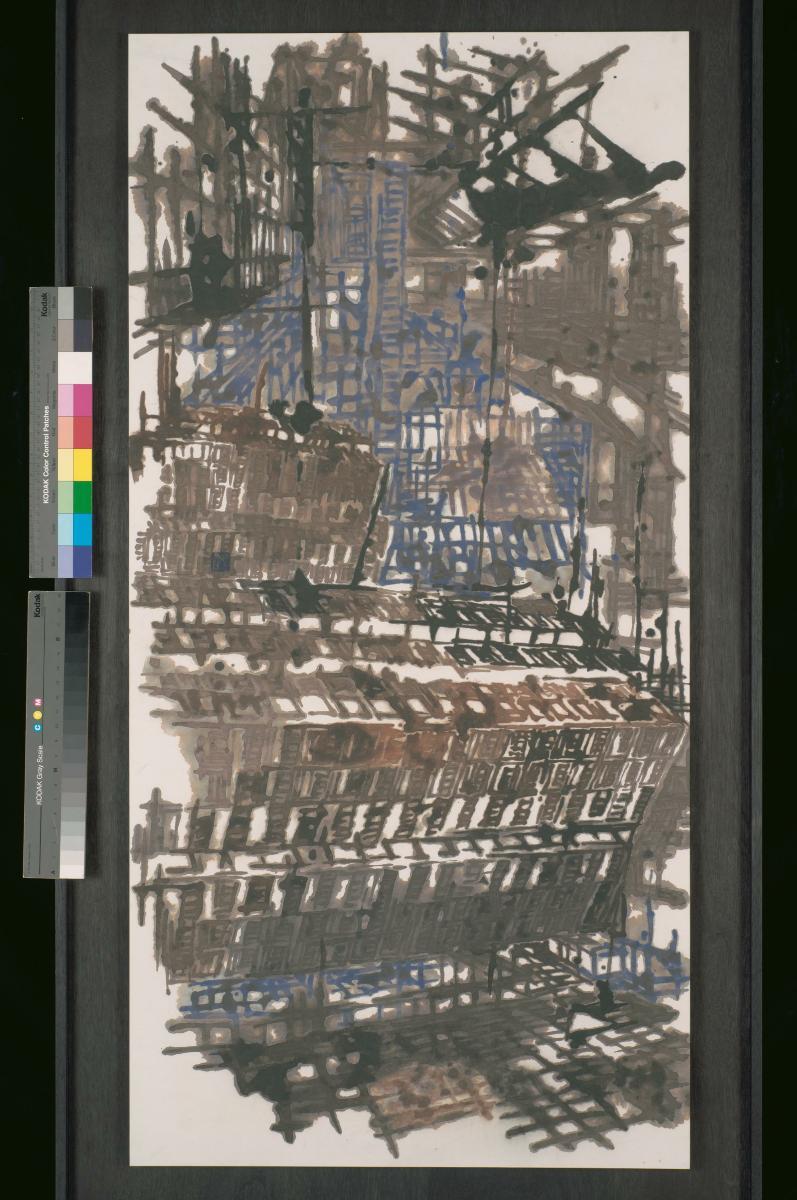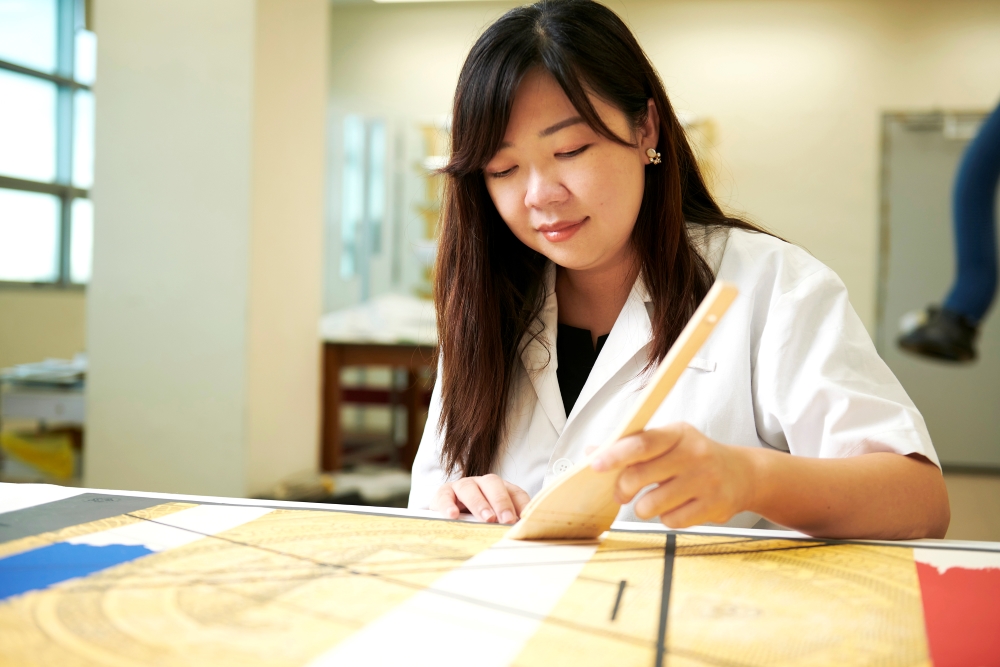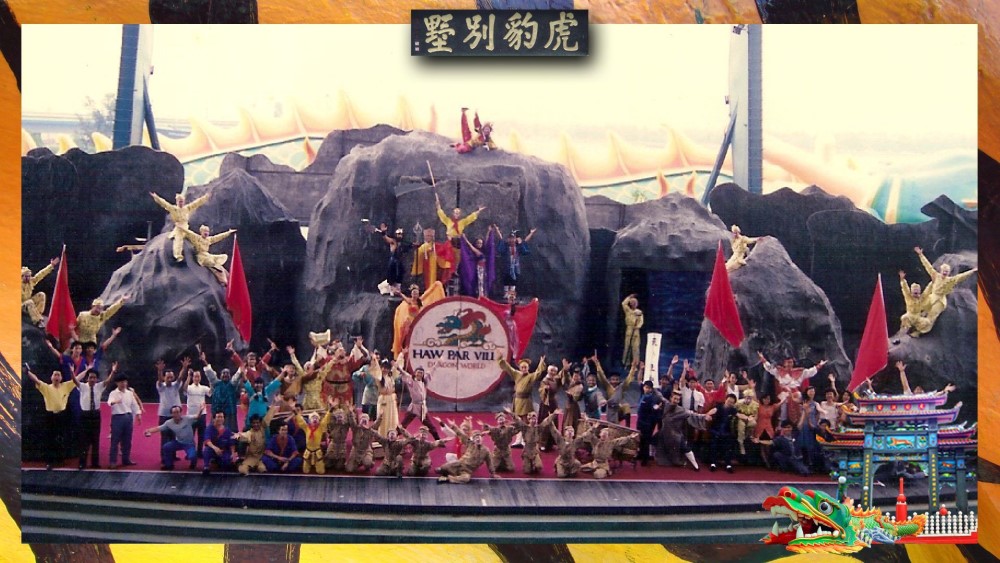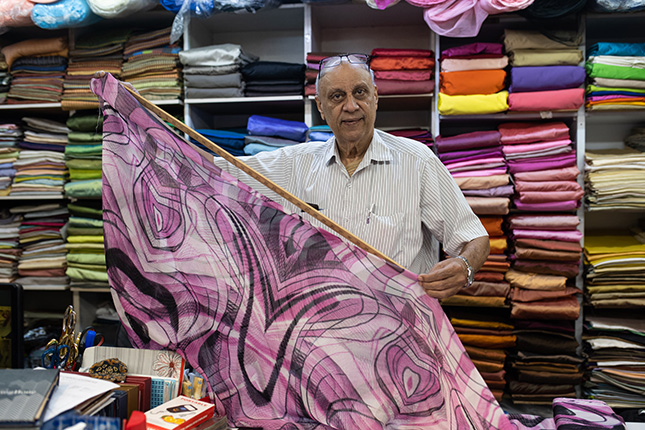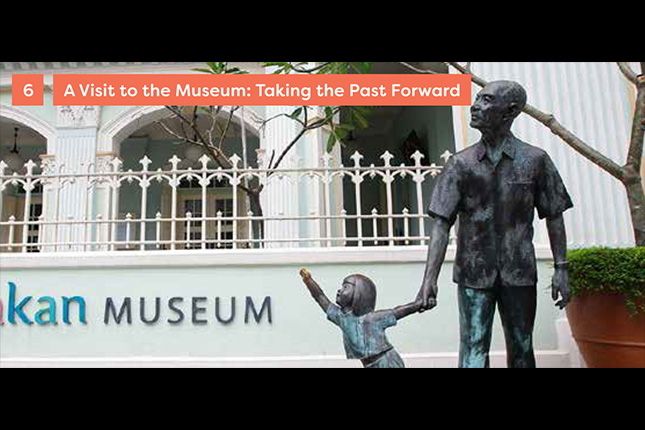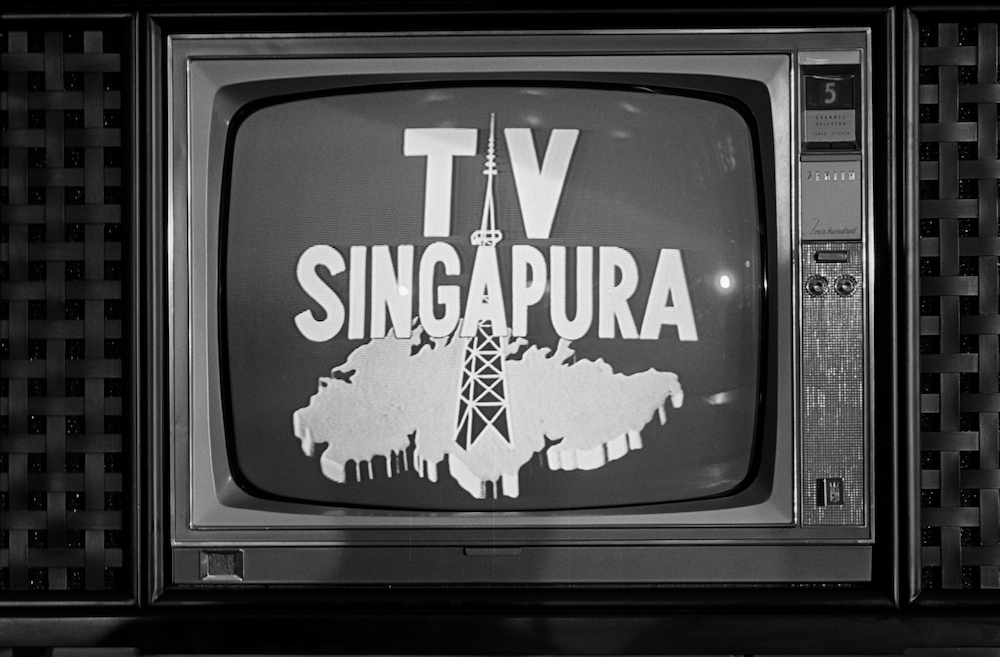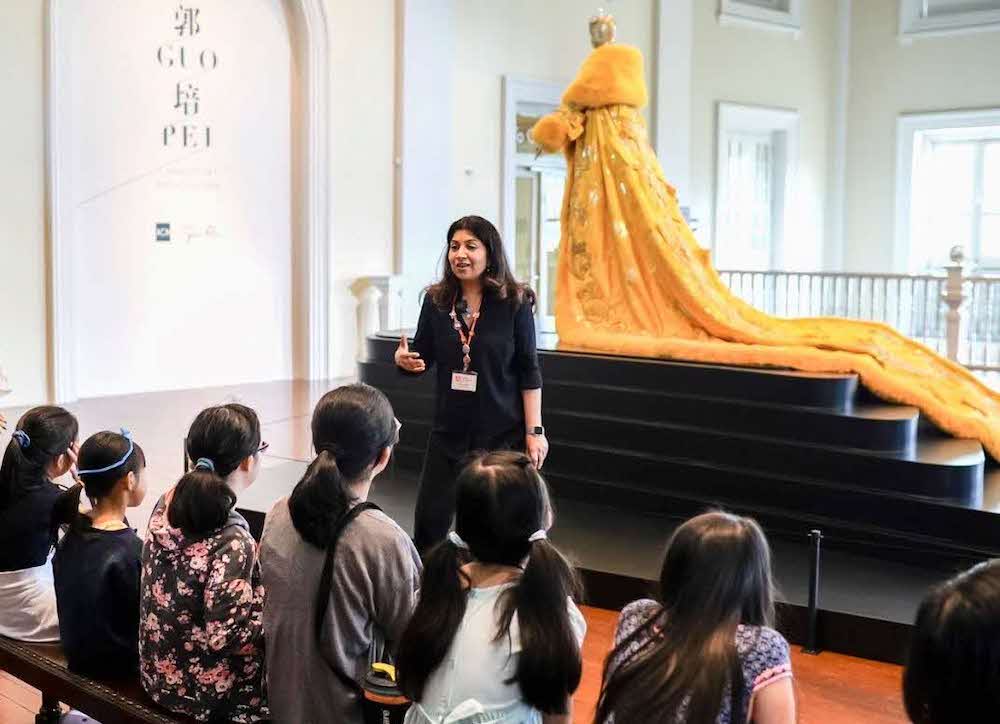TL;DR
What’s a day in the life of an architectural consultant like? We interview Chern Jia Ding to find out more about what he does as part of the Monuments Inspectorate team at Preservation of Sites and Monuments.
MUSESG Volume 14 Issue 1 - July 2021
Read the full MUSE SG Vol 14, Issue 1.
The Monuments Inspectorate comprises a team of architects. Their main responsibilities are to ensure that National Monuments are well maintained and restored. They also conduct consultations with the monument owners, provide advice on the best methods for restoration as well as carry out regular inspection at the monuments to check for maintenance issues such as plaster cracks and termite infestation.
Chern Jia Ding, Senior Assistant Director, Preservation of Sites and Monuments (PSM), shares with us his experiences as part of the Monuments Inspectorate.
Watch: Meet Architectural Consultant Chern Jia Ding
What was the main draw that led you to joining PSM?
Being born and brought up in a typical Housing and Development Board flat built in the 1960s, my interest in historic buildings grew when I accompanied my mother to Kwan Im Thong Hood Cho Temple on Waterloo Street. Each time the bus went under the gantry that marked the Restricted Zone (there were no Electronic Road Pricing gantries then), I would marvel at the beautiful pilaster works on the old shophouses and public buildings like the Old Hill Street Police Station and the Central Fire Station. So, when I saw that there was a position at the then Preservation of Monuments Board in 2010, I submitted my application without any hesitation.
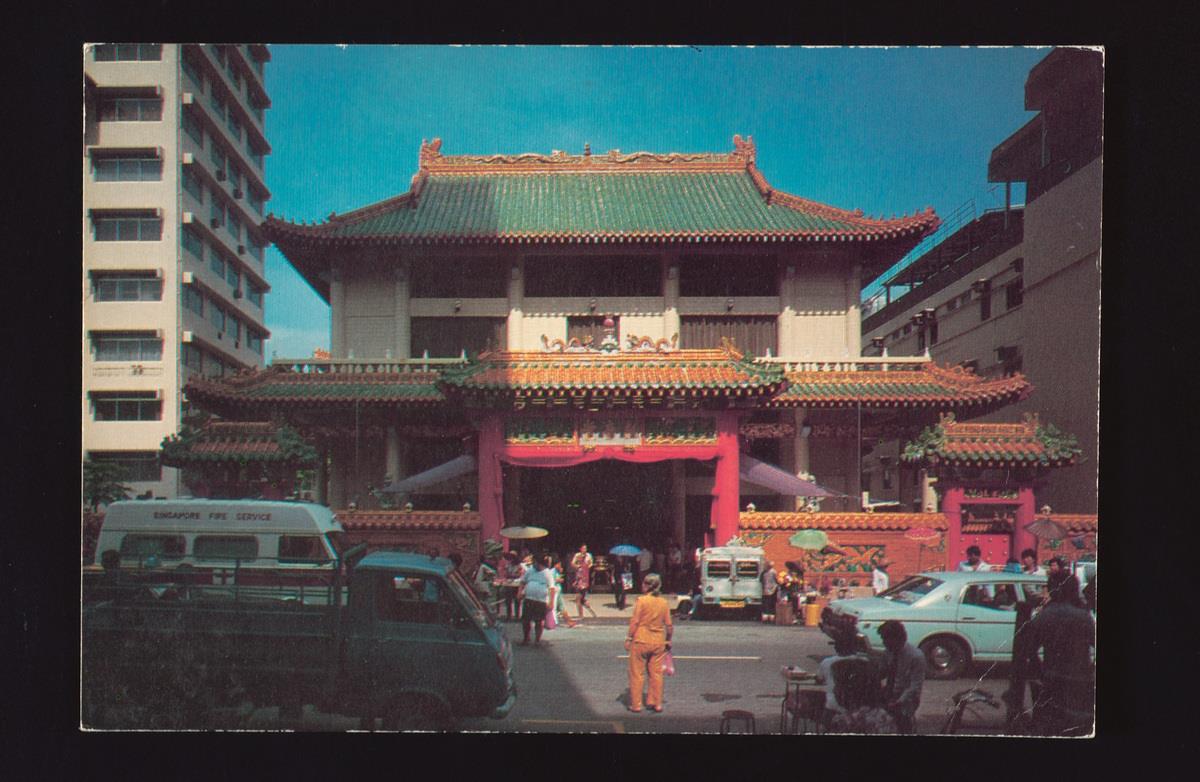
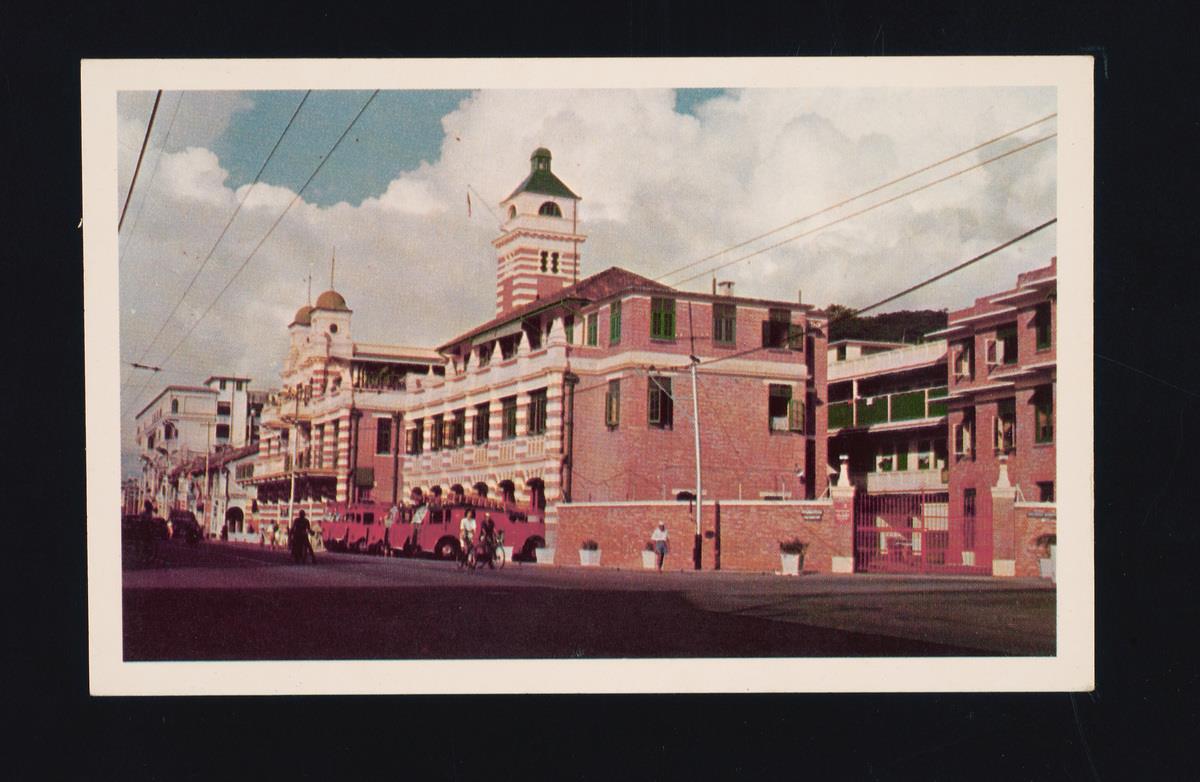
Can you share an example and some details of the most memorable restoration project you have been involved in?
There are a number of restoration projects that I find quite memorable. One of them is the restoration of the former Keng Teck Whay Building at 150 Telok Ayer Street, carried out in 2012. The building sits on leases that dated back to between 1827 and 1833. It was gazetted as a National Monument in 2009, and the Singapore Yu Huang Gong (Temple of the Heavenly Jade Emperor) currently occupies it.
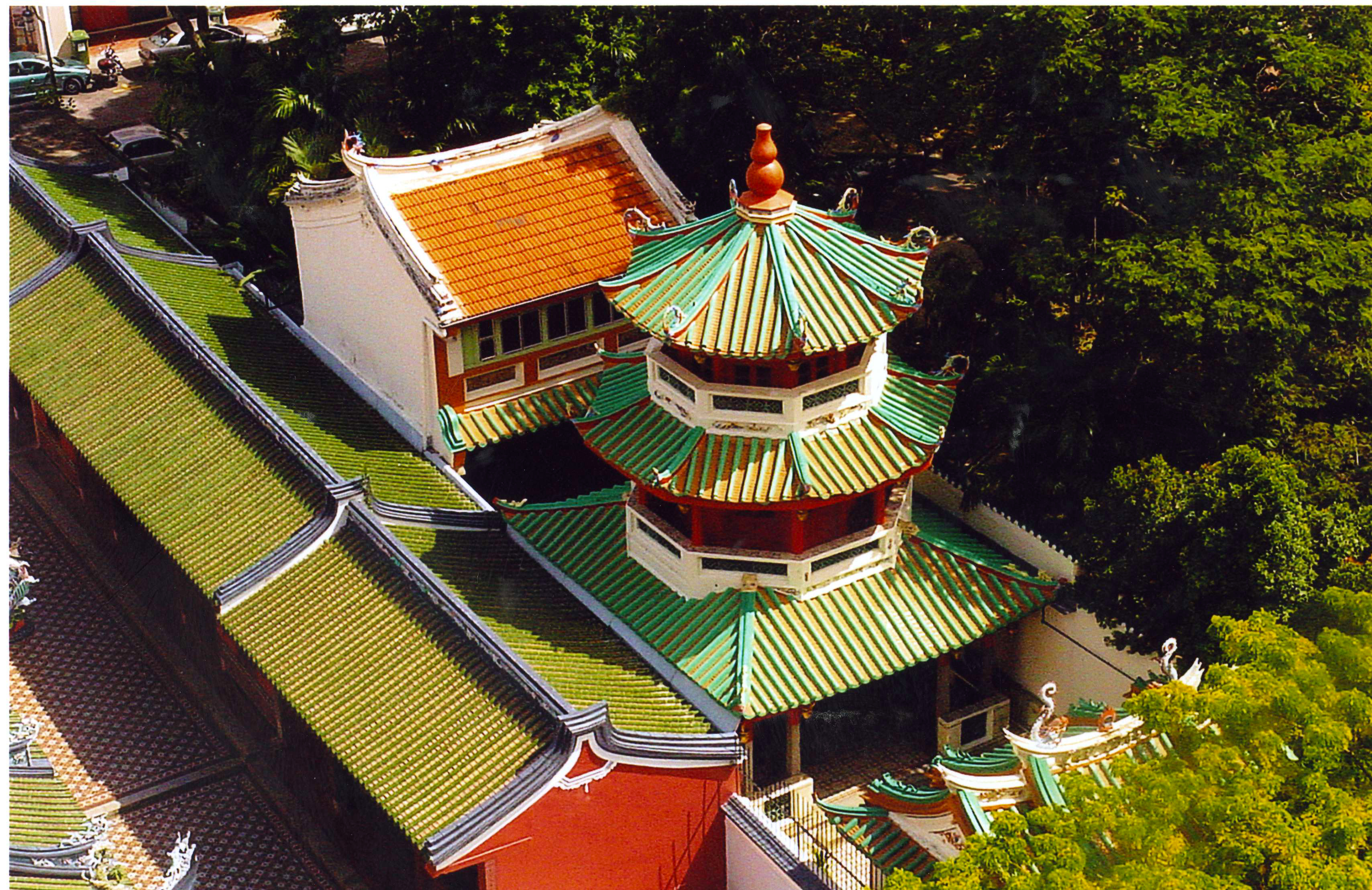
The building’s half-round profile roof tiles were apparently made of plaster (baohui method), which is more commonly found in traditional Teochew-style building. But why would a Hokkien association building adopt a Teochew construction method?
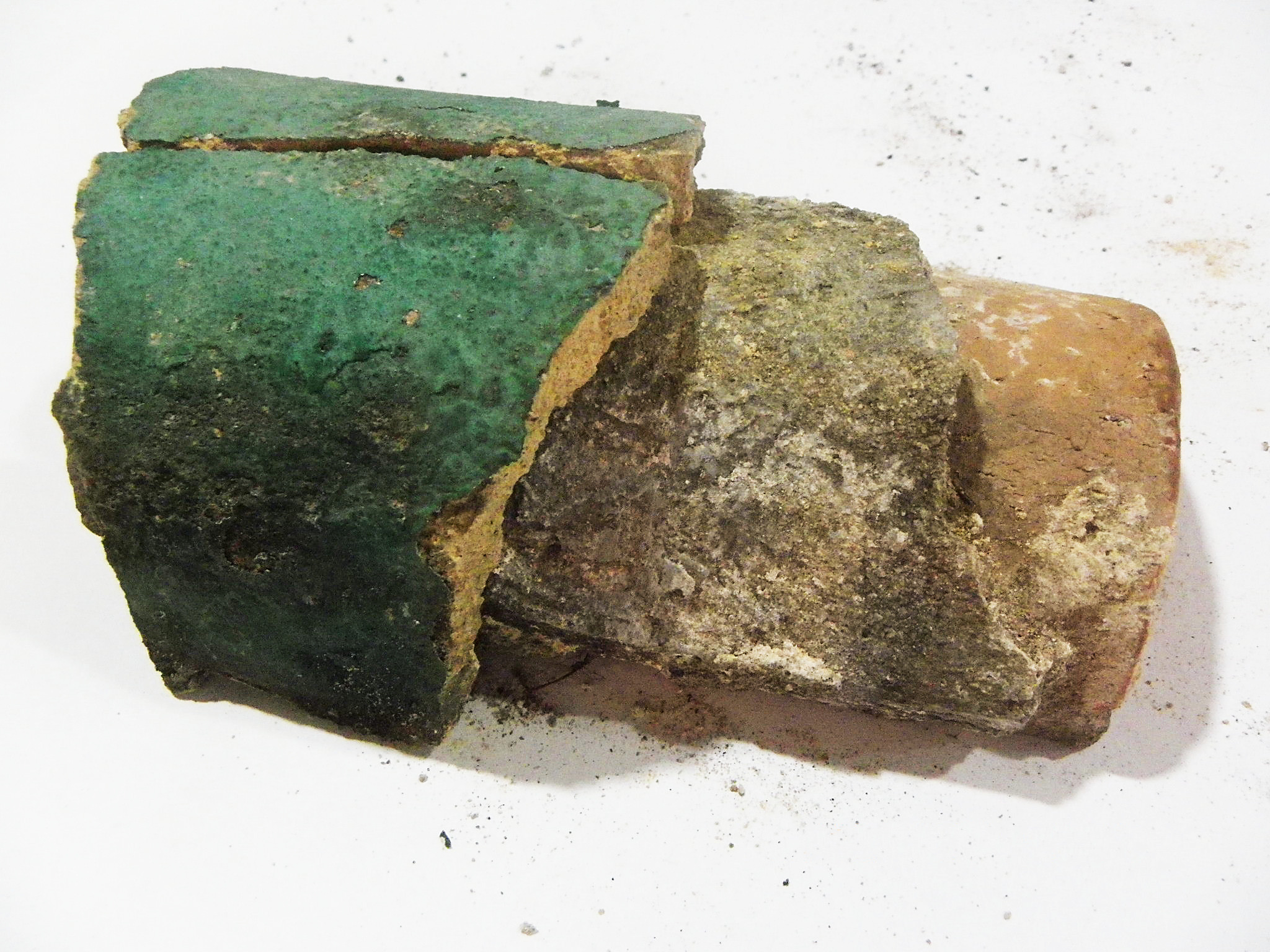
During the restoration, we found that the roof was actually terracotta tiles and not plaster. The building owners had added layers of cement to stem water seepage problems. Over the years, the cement covering gave the impression that the roof was built using the baohui method. It was also clear that the green paint was of recent vintage due to its synthetic nature.
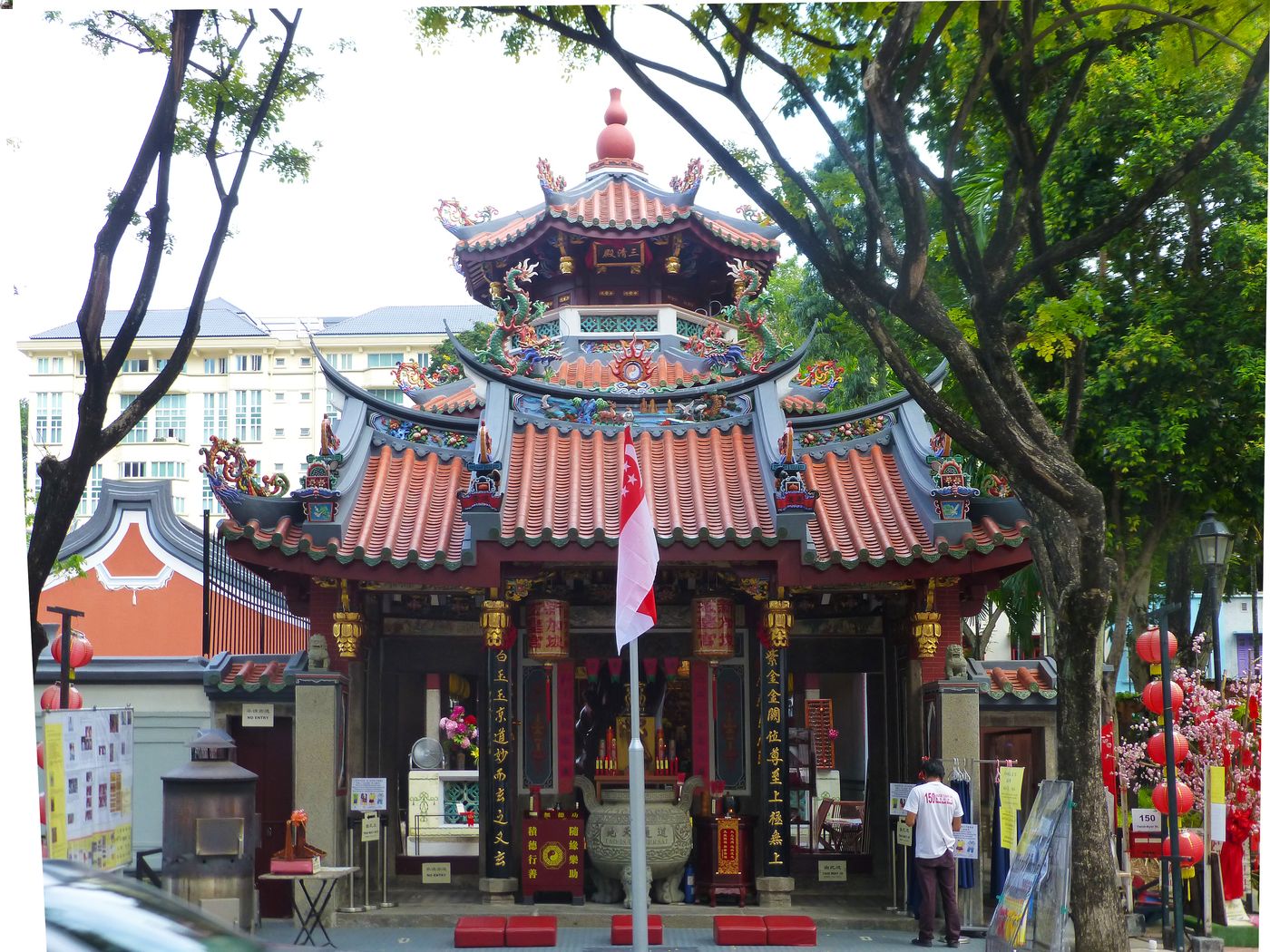
The key takeaway from this is that it is important to apply the right method of repair to address water seepage issues. While wrapping cement over the tiled roof would temporarily solve the problem, it might actually cause more harm to the building in the long term, because the weight of the cement layers creates a greater stress load which would impact the timber structures supporting the roof. Therefore, it is important to engage a conservator to investigate or survey these historic buildings before restoration begins to ensure that there is maximum retention as well as accurate execution on site.
Learn more about PSM’s restoration works on Abdul Gafoor Mosque, Chesed El Synagogue, Lian Shan Shuang Lin Monastery, Sri Srinivasa Perumal Temple and St Andrew’s Cathedral.
About the Preservation of Sites and Monuments
The Preservation of Sites and Monuments (PSM) is a division under the National Heritage Board. Its primary role is to safeguard Singapore’s built heritage by identifying monuments that are of “historic, cultural, traditional, archaeological, architectural, artistic or symbolic significance and national importance”, and recommending them to the state for preservation. Gazetted National Monuments are accorded the highest level of protection by law. National Monuments comprise religious, civic and community structures, each representing a unique slice of history in multicultural Singapore. Read more about Preservation of Sites & Monuments, and National Monuments here.




